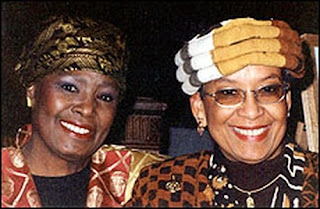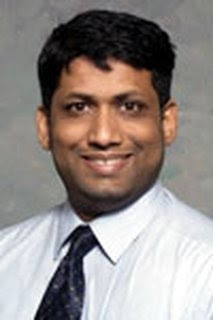January -- New research conducted at Columbia University Mailman School of Public Health indicates that the advertising of alcohol in predominantly African-American neighborhoods of New York City may add to problem drinking behavior among residents. Prior studies have shown that alcohol advertisements are disproportionately located in African- American neighborhoods, but the impact of such advertising on alcohol consumption has been unclear. The study is currently published online by the American Journal of Public Health.
Participants were 139 African-American women between the ages of 21-49 who resided in Central Harlem.
 Naa Oyo A. Kwate, Assistant Professor of Sociomedical Sciences, Mailman School of Public Health. 722 W. 168th St., 9th floor. New York, NY 10032. Phone:212-305-5736. Fax: 212-305-0315. Email: nak2106@columbia.edu | The women were eligible to participate if they reported having at least one alcoholic beverage per month for the past six months, but had no history of a formal medical diagnosis of alcohol or substance abuse. Of the sample, 31% were reported to be problem drinkers, defined in the study as endorsing behaviors such as needing a drink first thing in the morning or feeling guilty about drinking. The Mailman School researchers examined the relationship between alcohol advertisements in the women's neighborhood blocks and being a problem drinker. The findings showed that both exposure to alcohol advertising and a family history of alcoholism were related to being a problem drinker. |
"We found that, on average, exposure to each alcohol ad in a woman's residential block was associated with a 13% increase in the odds of being a problem drinker," says Naa Oyo Kwate, PhD, assistant professor of Sociomedical Sciences at the Mailman School, and the principal investigator of the study. "This finding is significant for public health because residents in the study area were highly exposed to alcohol advertisements, and the associations between exposure and outcome persisted after we controlled for other potential causes of problem drinking."
"Because we did not assess participants' perceptions about the advertising content, or how salient it was for them, the mechanisms by which outdoor advertisements affected problem drinking remain unknown," suggests Ilan Meyer, PhD, associate professor of clinical Sociomedical Sciences and a co-author of the article. "Advertisements may prime people for alcohol consumption, and in turn, high levels of consumption may increase the risk for abuse and dependence."
"Advertisements also may increase the likelihood of problematic drinking patterns among individuals who are already susceptible. That is, individuals who are at risk for, or already contending with, alcohol abuse or dependence may be more likely to continue this behavior in an environment where cues that promote alcohol use are prominent," notes Dr. Meyer. The Mailman School team believes that future study is needed to further investigate possible pathways to problem drinking and the role that exposure to advertisements may play in causing drinking problems.
Dr. Kwate also noted that according to other earlier research, residents often perceive these advertisements to be unfairly marketed toward African American individuals and represent a deliberate targeting scheme for products that damage health. "Thus, to the extent that these advertisements are perceived as manifestations of racism, they may increase the odds of problem drinking," she says. ###
About the Mailman School of Public Health: The only accredited school of public health in New York City, and among the first in the nation, Columbia University's Mailman School of Public Health provides instruction and research opportunities to more than 1000 graduate students in pursuit of masters and doctoral degrees. Its students and more than 300 multi-disciplinary faculty engage in research and service in the city, nation, and around the world, concentrating on biostatistics, environmental health sciences, epidemiology, health policy and management, population and family health, and sociomedical sciences. www.mailman.hs.columbia.edu
Contact: stephanie berger sb2247@columbia.edu 212-305-4372 Columbia University's Mailman School of Public Health

































